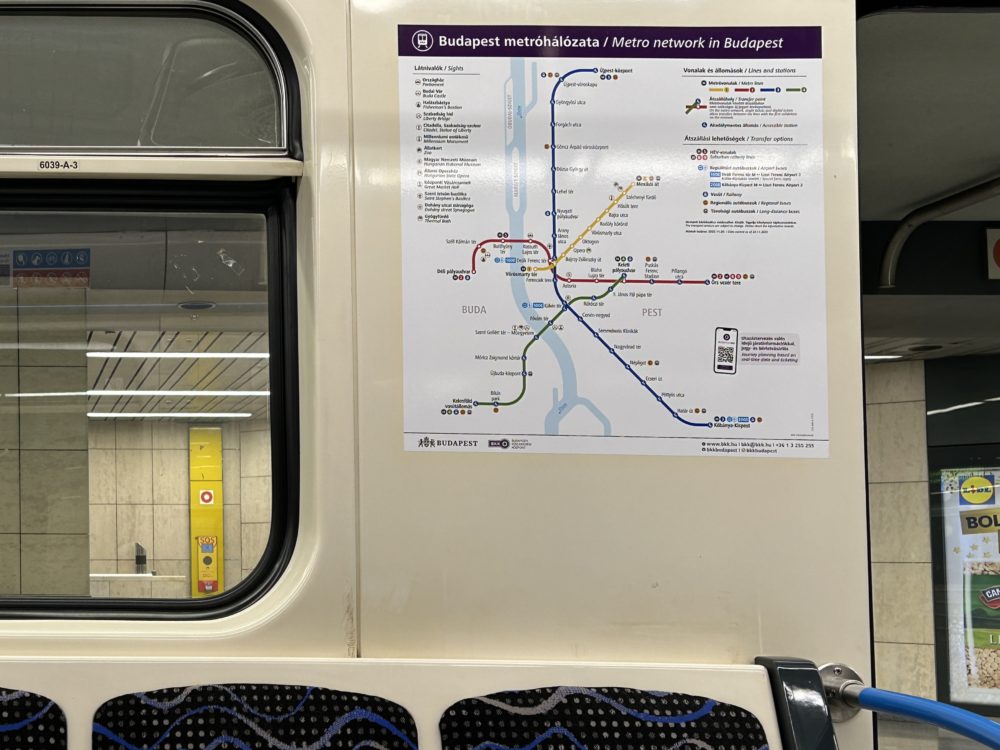Budapest is a beautiful and vibrant city that attracts millions of tourists every year. However, if you want to explore the city by public transport, you may encounter some challenges and limitations. The main problem is the metro system, which is outdated, insufficient, and inconvenient compared to other European capitals.
The Budapest metro system consists of four lines: M1 (yellow), M2 (red), M3 (blue), and M4 (green).
However, despite having four metro lines, the Budapest metro system is far from being efficient and user-friendly.
The metro network is not extensive enough to cover the whole city. There are many areas and attractions that are not accessible by metro, such as the Margaret Island, the Városliget, the Citadel, and the Buda Hills.
The metro lines are not well-connected and integrated. There is only one interchange station where all four lines meet, which is the Deák Ferenc Square in the city center.
The metro system is not up to date and comfortable either. The M1 line is a historical monument, but it is also very old and noisy. The M2 and M3 lines are also outdated and worn-out, with frequent breakdowns, delays, and malfunctions despite recent efforts of modernisation.
The M4 line is the only one that meets the modern standards, with air-conditioned trains, automated doors, and platform screen doors.
If you look at the metro map of Budapest, you will see that it is much smaller and simpler than the metro maps of other European capitals, such as Vienna, Prague, or Warsaw. These cities have more metro lines, more stations, more interchanges, and more coverage.
Therefore, the Budapest metro system needs a major improvement and expansion to cope with the growing demand and expectations of the public.
#budapest #metro #analysis #critique #future













